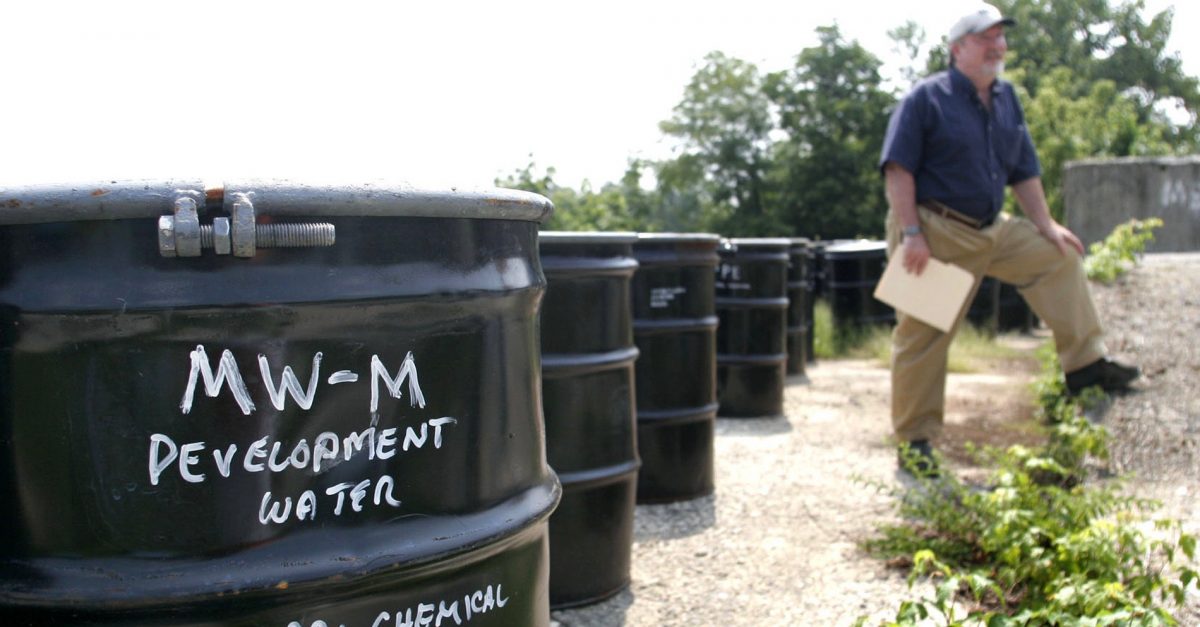A statement from the U.S. Environmental Protection Agency (EPA) attacked a report from the Associated Press (AP) on the environmental damage brought on by Hurricane Harvey.
Videos by Rare
The federal agency called the report “incredibly misleading,” claiming it “creates panic and politicizes the hard work of first responders” in the area.
Released on Saturday, AP reporters wrote how EPA representatives were not present at five Superfund sites around southeast Texas since the storm passed to assess the damage – sites the EPA categorizes as “being among America’s most intnsely contaminated places.”
Reporters who collaborated on the piece stated they visited the sites and found “all had been inundated with water, in some cases many feet deep.”
RELATED: A clean-up plan lingering from Barack Obama’s EPA could make a contaminated Texas river even worse
Instead of addressing the issues of possible contamination due to floodwaters carrying toxic materials from these sites, the agency chose to attack one of the reporters, Michael Biesecker.
In a statement, released the day after the AP report, the EPA described the article as “incredibly misleading,” further claiming Biesecker was “reporting from the comfort of Washington,” rather than being on-site.
However, the statement did not address Biesecker’s collaborator Jason Dearen who was confirmed reporting from Houston:
“Biesecker had the audacity to imply that agencies aren’t being responsive to the devastating effects of Hurricane Harvey,” the statement read. “Not only is this inaccurate, but it creates panic and politicizes the hard work of first responders who are actually in the affected area.”
RELATED: New Study Shows the Cost of Contaminated Drinking Water
The statement also claims Biesecker left out the agency’s use of aerial imaging to assess “41 Superfund sites – 28 of those sites show no damage, and 13 have experienced flooding.”
The Associated Press released a statement in response to the agency’s accusations:
“We object to the EPA’s attempts to discredit that reporting by suggesting it was completed solely from ‘the comforts of Washington’,” the statement read in part, “and stand by the work of both journalists who jointly reported and wrote the story.”
This is a developing story.
[anvplayer video=”4044923″]



